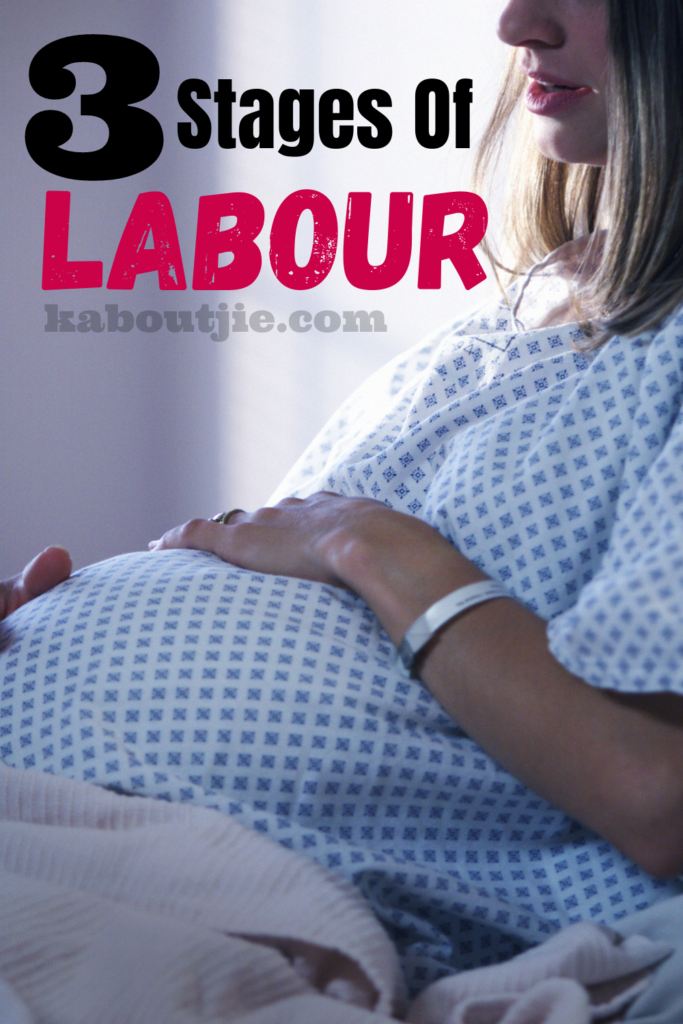Bringing a new life into the world is a remarkable and awe-inspiring experience. As expectant parents prepare for the arrival of their bundle of joy, one crucial aspect they should familiarise themselves with is the process of labour. Labour, the journey that culminates in the birth of a child, is divided into three distinct stages, each with its own unique characteristics and significance. In this blog post, we delve into the intricacies of these stages, shedding light on what to expect during this incredible journey.

Stage One: Early Labour And Active Labour
The commencement of labour is often heralded by the onset of contractions, marking the initiation of the first stage. Early labour is characterised by irregular and relatively mild contractions. During this phase, the cervix gradually begins to dilate and efface, or thin out. While these contractions might seem sporadic at first, they are a precursor to the more intense phase that follows.
Enter active labour, the point at which contractions grow stronger, longer, and more consistent. As expectant mothers progress through this stage, the cervix continues its journey towards complete dilation. Contractions now demand closer attention and may require the assistance of a birthing team. It is often during this stage that mothers-to-be are admitted to a hospital or birthing centre.
Read also: 6 Powerful Affirmations For A Peaceful Birth
Stage Two: Transition And Pushing
The transition phase marks the threshold between active labour and the second stage. Contractions peak in intensity during transition, and the cervix reaches its full dilation of 10 centimetres. This phase is renowned for its formidable challenges and emotional intensity. Expectant mothers may encounter sensations of pressure in the pelvic area, accompanied by shivers and nausea.
With the transition behind them, mothers-to-be enter the pushing stage. Now, the true feat begins as mothers actively participate in pushing their baby through the birth canal. Contractions, while still potent, are often spaced farther apart. The culmination of this stage is the emergence of the baby’s head, a sight that brings both anticipation and joy.

Stage Three: Delivery Of The Placenta
Following the triumphant arrival of the newborn, the third stage of labour commences. This stage involves the delivery of the placenta, an essential organ that nourished and sustained the baby during pregnancy. While contractions continue, they facilitate the separation of the placenta from the uterine wall. Once the placenta is delivered, any remaining umbilical cord is carefully clamped and cut.
The journey through the three stages of labour is a testament to the strength, resilience, and marvel of the human body. From the gentle beginnings of early labour to the extraordinary efforts of pushing and the final act of delivering the placenta, each stage serves a vital purpose in the birth of a new life. As expectant parents prepare for this incredible voyage, understanding these stages can empower them to face labour with a sense of knowledge and readiness, guided by the unwavering support of their birthing team.
 Kaboutjie SA Mommy Blogs by Lynne Huysamen
Kaboutjie SA Mommy Blogs by Lynne Huysamen





Thank you! I’m due end Jan so loving all the labour and birth blogs!
I had a c-section but will share with friends.
Will also try to have normal birth with next one if possible after c-section.
Marisca oh yes it is possible to have a normal birth after a c-section, just find the right midwife and gyni to oversee everything. Have you seen this birth story on our website by Naomi that had her 4th Vbac (vaginal birth after c-section)?
I had a shot delivery birth but a very long stitching as the baby had tir me from inside it was so painful
Reading this so interesting i cant say what my experiance was like of labor as i was a c-section mommy.